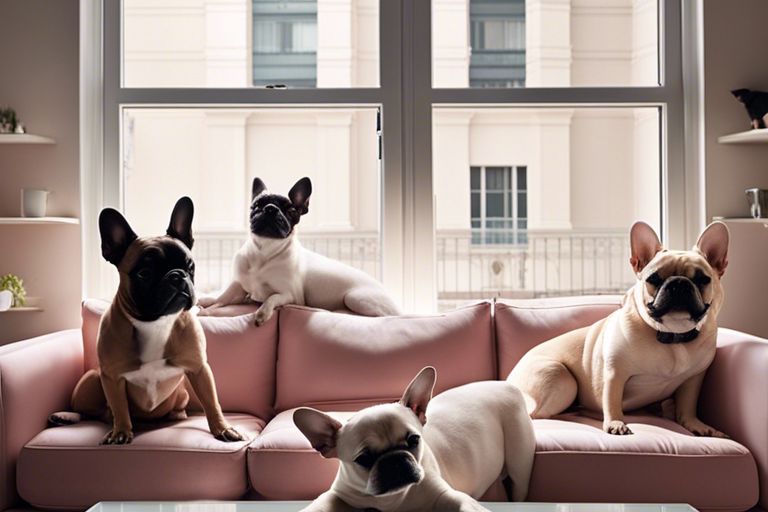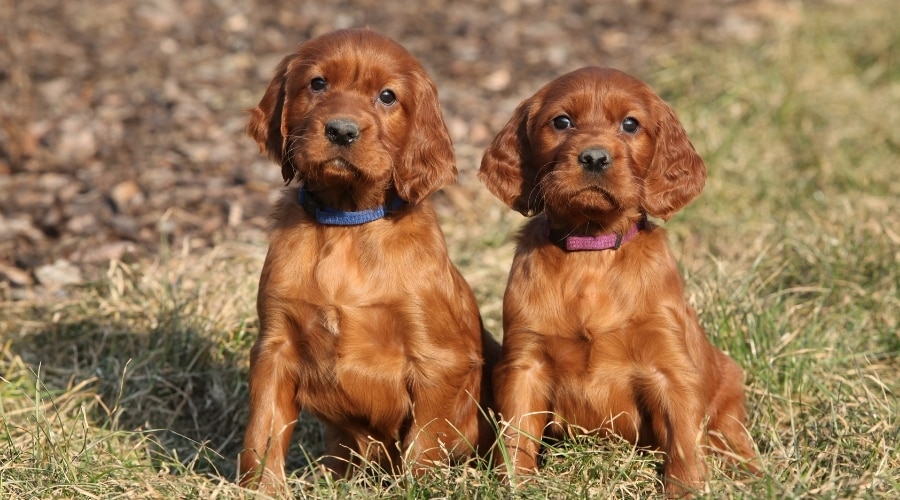Perusing the possibility of adding a furry companion to your apartment lifestyle calls for careful consideration of the dog’s size, temperament, and energy level. When it comes to small dogs, choosing the right breed is crucial to ensure a happy cohabitation. In this blog post, I will guide you through the ideal small dog breeds for apartment living, taking into account factors such as barking tendency, exercise needs, and compatibility with a confined living space. By the end, you will have a clearer idea of which small dog breed is most suited to thrive in an apartment setting.
Key Takeaways:
- Low Energy Breeds: Small dogs with low energy levels, such as Pugs, Shih Tzus, and French Bulldogs, are well-suited for apartment living as they don’t require a lot of space or extensive exercise.
- Minimal Barking: Look for small dog breeds known for their quiet nature, such as Cavalier King Charles Spaniels, Bichon Frises, and Basenjis, to avoid disturbing neighbors in close quarters.
- Adaptable Breeds: Small dogs that are adaptable and can easily adjust to apartment living, like Chihuahuas, Dachshunds, and Malteses, are ideal for those living in small spaces.
Characteristics of Ideal Apartment Dogs
Clearly, not all small dogs are well-suited for apartment living. When choosing a small dog to share your apartment space with, you should look for certain characteristics to ensure a happy coexistence. Size, temperament, and activity level are all essential considerations when choosing the best small dog for apartment living.
Size Considerations
When considering small dogs for apartment living, size is a crucial factor. You want a dog that is small enough to comfortably fit in your apartment but not so tiny that they are fragile and easily injured. Additionally, you’ll want to consider the breed’s tendency to bark, as excessive barking can be a disturbance to neighbors in close quarters. Selecting a small dog with a calm demeanor and low tendency to bark is ideal for apartment living.
Temperament and Activity Levels
When considering a small dog for apartment living, it’s important to take into account their temperament and activity level. Look for a breed that is adaptable, easy-going, and not overly energetic. Dogs with a calm and well-behaved nature are the best fit for apartment living. It’s also essential to choose a dog that doesn’t require excessive exercise, as outdoor space may be limited in an apartment setting.

Popular Small Dog Breeds for Apartments
Some popular small breeds are better suited for apartment living due to their size, temperament, and energy levels. These breeds are known for their adaptability to smaller living spaces and their friendliness towards their owners and neighbors.
French Bulldogs
If you’re looking for a small, sturdy dog with a lovable and affectionate nature, a French Bulldog might be the perfect fit for your apartment. Their compact size and low energy levels make them well-suited for urban living. Keep in mind that they can be prone to health issues such as breathing problems due to their pushed-in noses, so be sure to monitor their physical activity and keep them cool during hot weather.
Boston Terriers
Boston Terriers are known for their friendly and easygoing temperament, making them great companions for apartment dwellers. Their small size and minimal grooming needs make them an ideal choice for those living in smaller spaces. However, it’s important to note that they can be prone to certain health issues, such as breathing problems and eye conditions, so regular veterinary check-ups are essential.
Cavalier King Charles Spaniels
The Cavalier King Charles Spaniel is a gentle and affectionate breed that thrives in apartment environments. They are known for their friendly disposition and adaptability, making them excellent companions for city living. However, they do require regular grooming to keep their long, silky coats in good condition.
Chihuahuas
Chihuahuas are one of the smallest dog breeds, making them well-suited for apartment living. They are loyal and affectionate companions but can be wary of strangers, so early socialization is key. Additionally, their small size makes them vulnerable to injury, so it’s important to handle them with care and supervise their interactions with larger animals.
Pugs
Pugs are known for their charming personality and adaptability to various living situations, including apartments. Their laid-back nature and minimal exercise needs make them ideal for urban environments. However, their distinctive flat faces can lead to respiratory issues, so it’s crucial to keep them in a cool and comfortable living space, especially during hot weather.
I hope you find this information helpful as you consider which small dog breed is best for your apartment living situation. Remember to always do thorough research and consider the individual needs of each breed before making a decision.
Caring for Your Small Apartment Dog
Unlike larger breeds, small apartment dogs have different care needs. It’s important to understand how to properly care for your small dog in a smaller living space. For a comprehensive list of the best small apartment dogs, you can check out the Best Dogs For Apartment Dwellers on the American Kennel Club’s website.
Exercise Needs and Tips
Small dogs still need regular exercise, even if your living space is limited. You can take your small dog for a daily walk or engage in indoor play to meet their exercise needs. Interactive toys, such as puzzle feeders or treat-dispensing toys, can help keep your dog mentally stimulated. It’s important to monitor your dog’s weight and adjust their exercise routine as needed to prevent obesity. Recognizing signs of boredom or restlessness in your small apartment dog is crucial for their overall well-being.
Training and Socialization Strategies
Training is essential for any size dog living in an apartment. Positive reinforcement techniques, such as rewards and praise, can be effective for teaching your small dog basic obedience commands and good manners. Consistent socialization is also important to ensure that your dog is well-behaved around other people and pets. You can introduce your small dog to various environments and experiences to help build their confidence and reduce anxiety. Additionally, establishing a routine for bathroom breaks and reinforcing good potty habits can help keep your apartment clean and odor-free.
Conclusion
With this in mind, it is important to consider the specific needs and characteristics of small dog breeds before choosing one for apartment living. Breeds such as the French Bulldog, Cavalier King Charles Spaniel, and Pomeranian are well-suited for apartment living due to their small size, low energy levels, and tendency to be quiet. Additionally, these breeds are known for their adaptability and compatibility with indoor living spaces. It is crucial to prioritize the well-being and comfort of your furry friend when selecting a small dog for apartment living. By considering their temperament, exercise needs, and size, you can ensure that your small dog is a happy and content companion in your apartment.
FAQ
Q: What types of small dogs are best for apartment living?
A: Small breeds that are known for their adaptability to apartment living include breeds such as the French Bulldog, Cavalier King Charles Spaniel, Pomeranian, and Pug. These breeds are well-suited to apartment life due to their small size and relatively low exercise needs.
Q: Are there any small breeds that are not suitable for apartment living?
A: While many small breeds can thrive in apartment settings, some breeds may not be as well-suited due to their high energy levels and need for ample space to exercise. Breeds such as the Border Collie, Jack Russell Terrier, and Dalmatian are examples of small breeds that may struggle in a confined apartment environment.
Q: What factors should be considered when choosing a small dog for apartment living?
A: When selecting a small dog for apartment living, it is important to consider the breed’s activity level, noise level, and adaptability to indoor environments. Additionally, factors such as the dog’s grooming needs, trainability, and compatibility with other pets should also be taken into account to ensure a harmonious living situation in an apartment setting.

